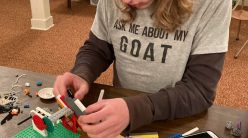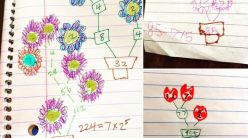
Math seems to trigger some ancient fight-or-flight mechanism in some otherwise brilliant children.
This irrational fear of math can cause kids who don’t feel good at the subject to avoid doing it, leading to a snowball effect of more avoidance, falling farther behind and feeling more panic about not understanding it (and more avoidance).
Luckily, if you can find some ways to improve your child’s math abilities then the math angst begins to disappear. The better children get at various types of math, the less anxiety it causes and the more happily they’ll sit down and tackle it.
Whether you’re an unschooler trying to work math into more life or you do school-at-home and are just trying to give your kids a mathematical leg up, there are so many ways to get kids to love math and do well at it.
If you have a mathphobic kid (or even if you don’t!), here are ten ways to sneak in some serious numerical education.
Build or remodel something.

Whether it’s woodworking projects or installing flooring, these projects require lots of measurements and calculations.
How much paint do they need for their bedroom if these are the dimensions of their walls? What about taking out the space for windows? What if they need two coats? How about wood to build a doghouse? Following woodworking plans also involves fractions, measurements and more.
Play games together.
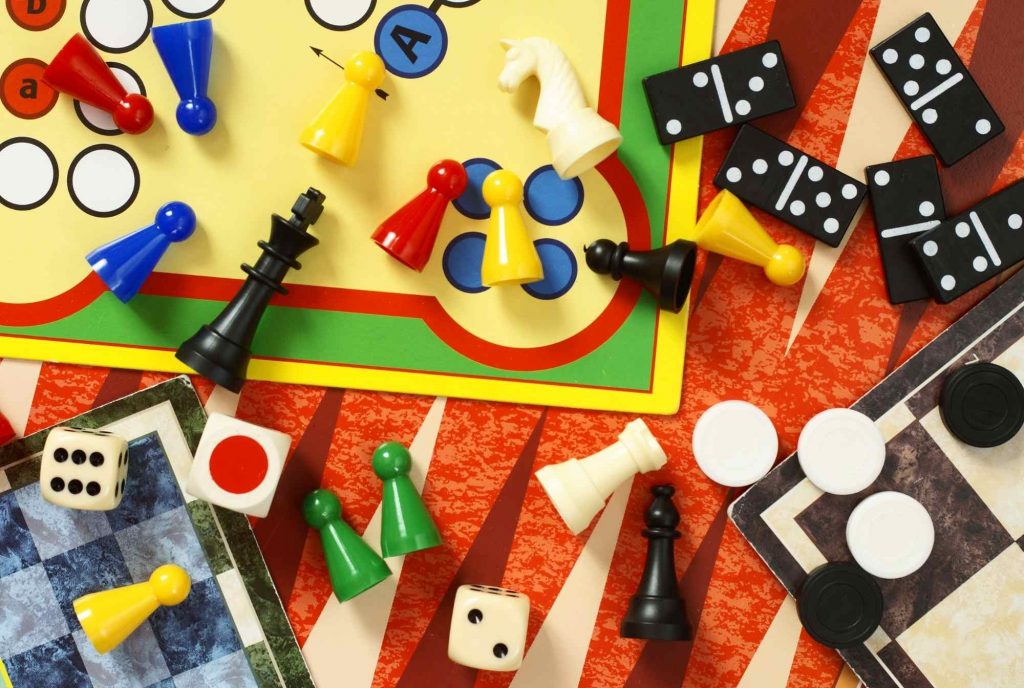
Even if you don’t play a game that requires math (such as Blackjack or dice games), it’s generally worked in through score keeping, money changing and even logic.
Games like Monopoly are given, and there are also a number of fantastic games designed to help kids learn math through play like Shut the Box, Prime Climb (one of our kids’ favorite math board games), Proof, Adsumudi (which is designed for folks at all different math levels to play together) and the well-loved Multi board game, just to name a few great ones. (affiliate links)
Sew something together.
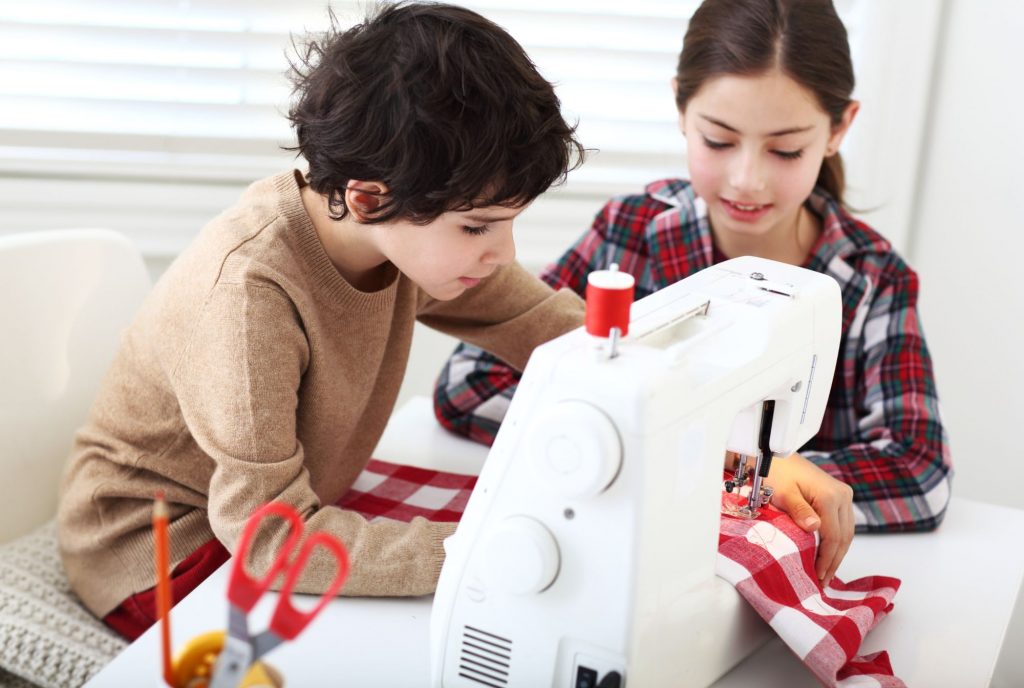
Your child will need to figure out measurements, fabric requirements and more. Design your own patterns to really make things interesting.
You can find lots of patterns for free online, through library books, at thrift shops and at craft stores.
Shop.

We often hit the clearance sales at stores where they frequently have 70% off and 90% off sales. The kids need to be able to figure out how much things cost to know whether we can afford them. Stores like Michael’s generally have 40% off coupons for any one item, and I help them figure out the new price.
Sales are a fantastic way for kids to start understanding percentages well. You can teach them shortcuts like to just move the decimal over one place to figure out 10% of something (a toy that’s 10% off of $20 would be $2 off, for instance) and to double that for 20% and so on. They’ll quickly pick up that 50% off is half the price. Using money also effortlessly teaches fractions, money and more.
Get out the Cuisenaire rods.
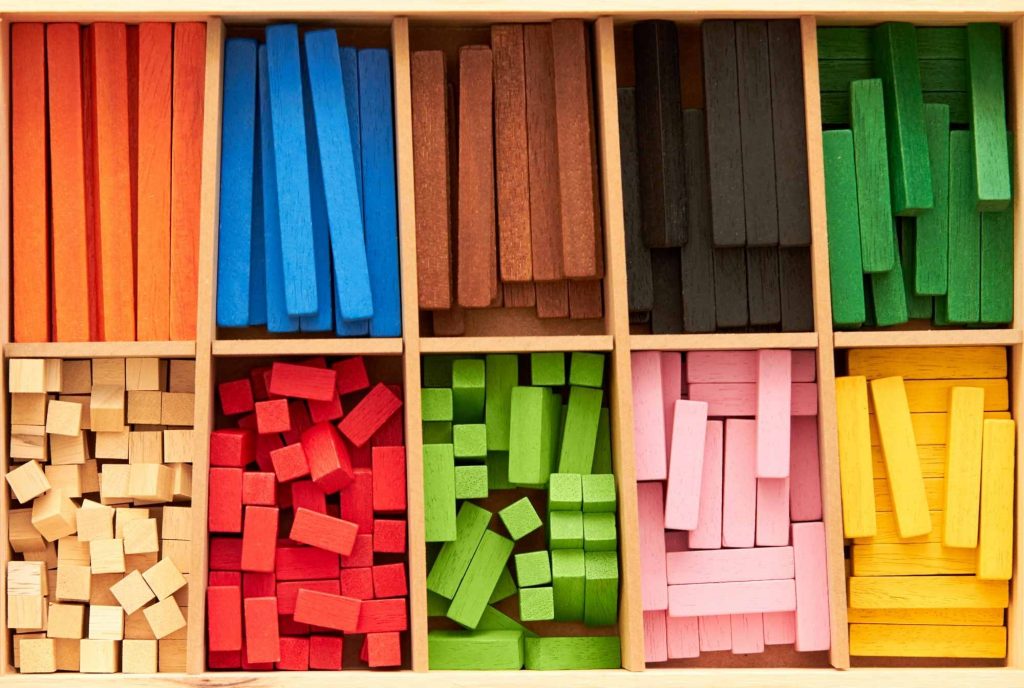
These little colorful manipulatives are fun for building, making designs, solving problems or just playing with. They’ll also quite effortlessly help your child make math connections. For instance, line up 2 yellow (5 unit) rods to equal the length of an orange (10 unit) rod. We’ve found Cuisenaire rods in thrift stores and also online at sites like Amazon (affiliate link), and I also still have my very old wooden set from my childhood that I remember spending hours playing with!
Start a nutrition project.
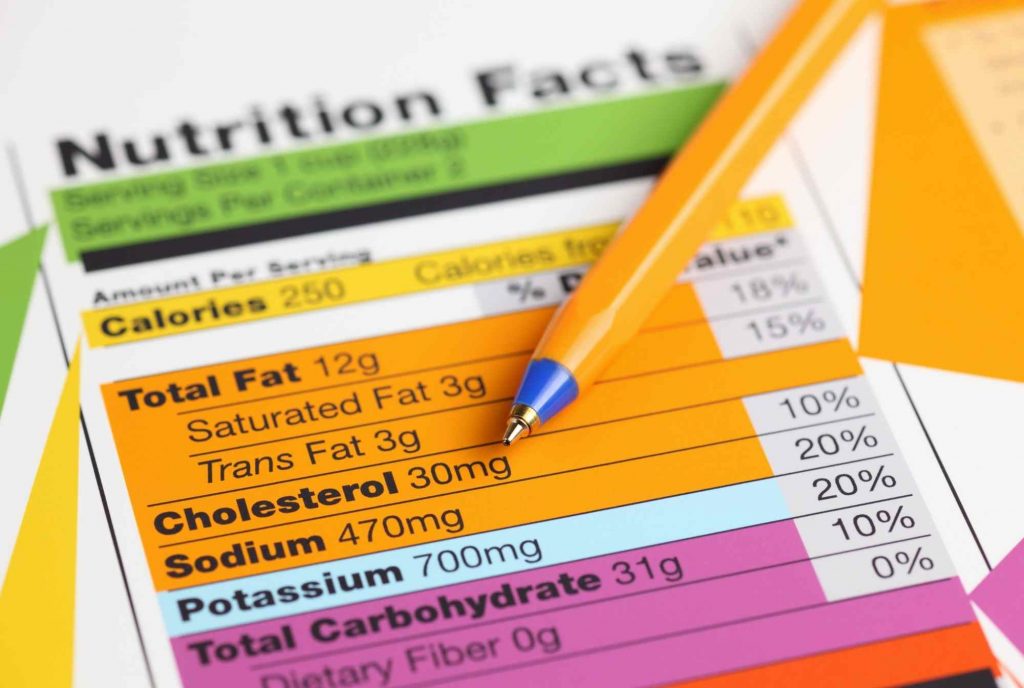
Start logging calcium intake, sugar grams eaten in a day and so on, and the math will be nonstop. How many grams of protein am I eating if a serving size is 2/3 of a cup and I had 2 cups? If this is 30% of my sodium allowance for the day but I only had half a serving, how much of my allowance have I used? What’s the calorie count of this recipe, if these are the ingredients and this is a list of how many calories are in each teaspoon or cup? Do we get all the potassium we need through food each day? What if we add one banana a day?
Start an exercise project.

Likewise, you can work in some PE. With winter coming, it can be harder for kids to get as much daily exercise. Ask them to decide on a goal for some daily activity, either in the form of time spent on activities or calories burned. Kids can figure out whether they want to do something strenuous for less time, or something easier for more. They can find the calories burned for simple exercises like running and roller blading plus all kinds of other activities here (be sure they don’t focus too much on calories or weight, but instead on the health benefits of moving and being active) . Programs like Wii Fit or Fitbits often involve math in personalizing their settings, too.
Put on Cyber Chase.
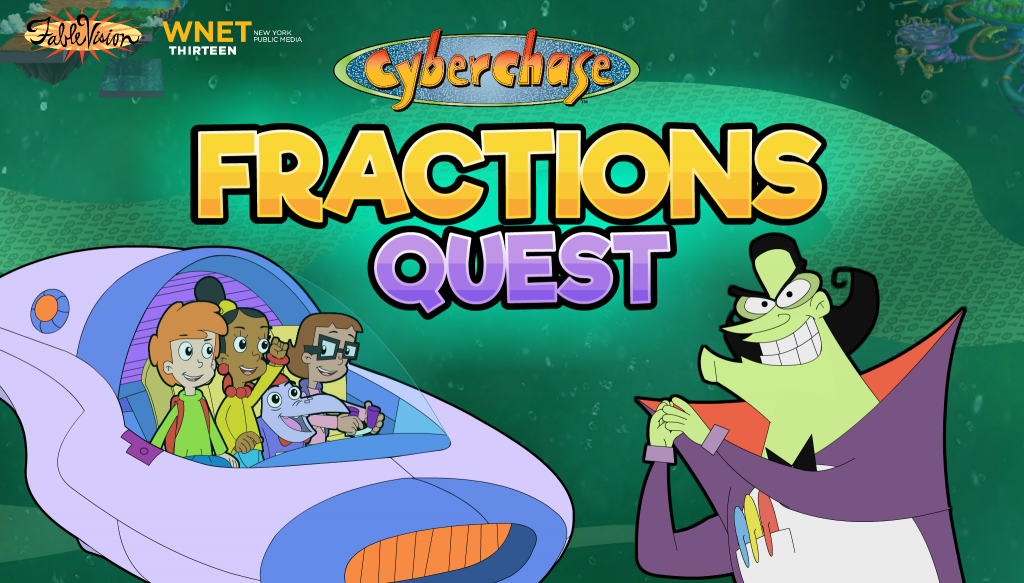
Even if your child is past the cartoon age, this PBS show is excellent for teaching pretty sophisticated math concepts in a very easy to understand way. Kids can watch episodes and also play lots of math-themed CyberChase games online if it’s not on your local PBS channel.
There are all kinds of other ways to play with math, such as apps like Rocket math and free educational games at sites like Sheppard Software.
Make it easy.
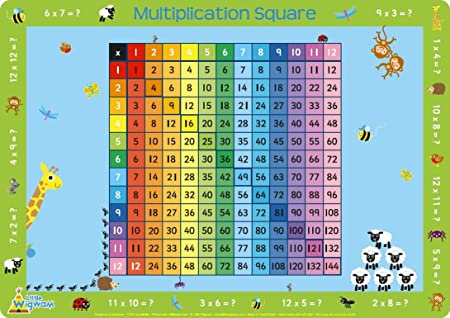
Provide calculators, math charts, cheat sheets and other means to fill the environment with math facts and make answers easy to access. This is not the time to make your child struggle to remember 12 times 7 before you can move on with a science project!
Fill the house with things like math fact placemats (affiliate link) and math posters from the dollar store.
When kids can easily find the answers, they stop feeling fearful about math. Not only do they slowly start to memorize the facts as they use them, but they also are more willing to tackle big math concepts.
Provide lots of fun math tools.
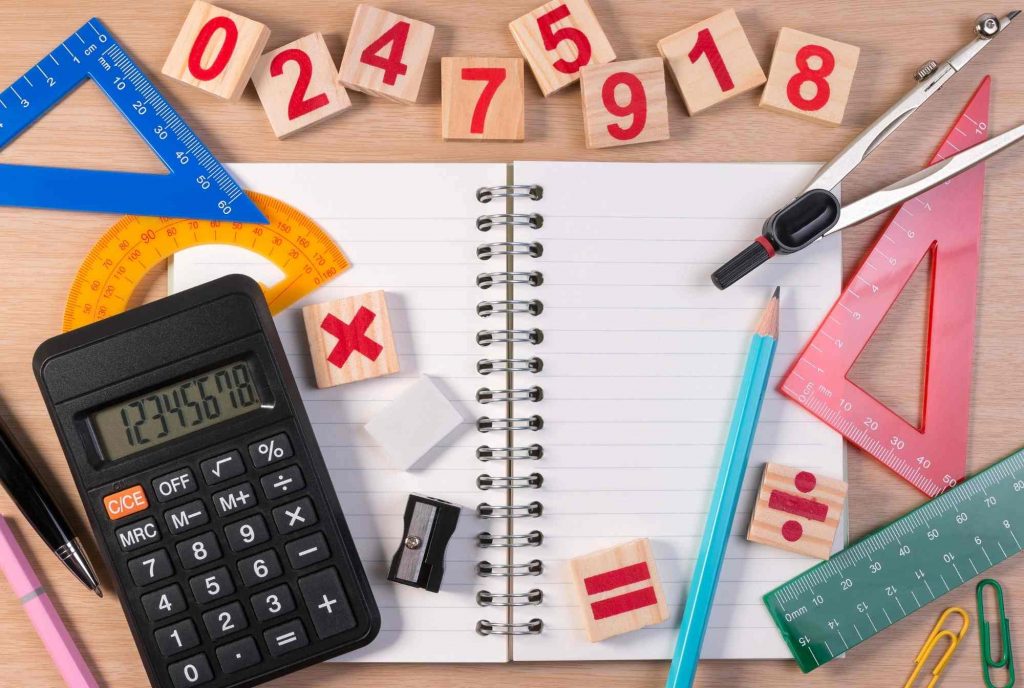
Protractors, compasses, rulers, tape measures, kitchen scales, abacuses, barometers, temperature guns, pedometers, adding machines and similar items all help make math fun.
We find lots of these things at thrift stores and also have them on hand for other uses.
Be sure to leave them out often so kids naturally gravitate towards using math tools as boredom busters.
Remember, keep it all low-stress.
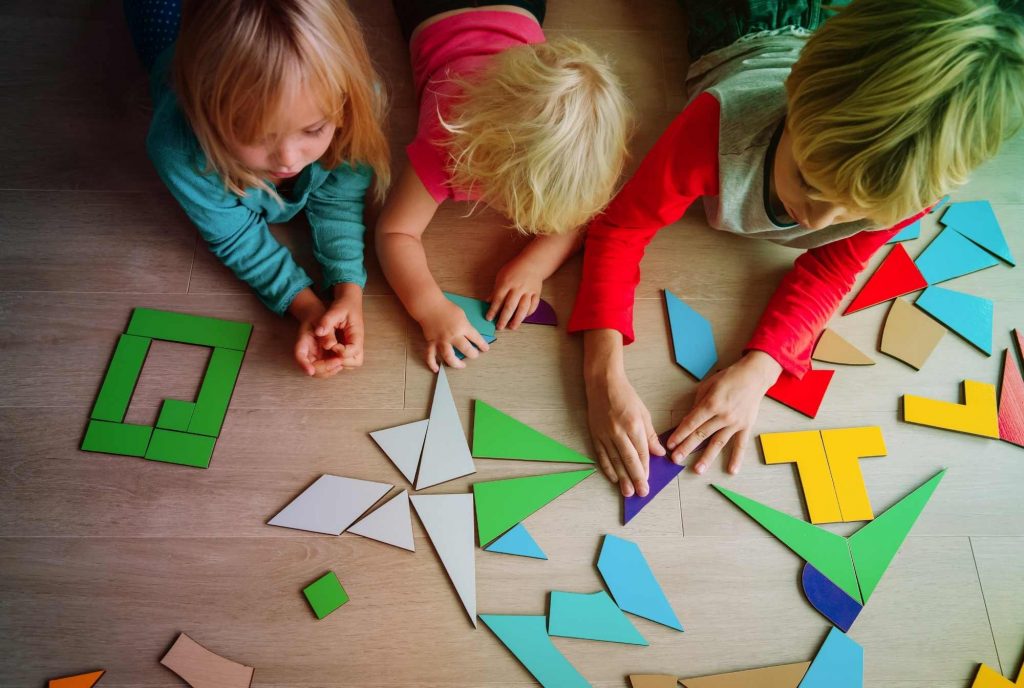
Provide help and answers any time they’re requested. Let them know it’s fine if they don’t have something memorized or need help.
Once math doesn’t feel like a test they’re failing, kids can learn that it really is easier than they think — and more fun, too!



